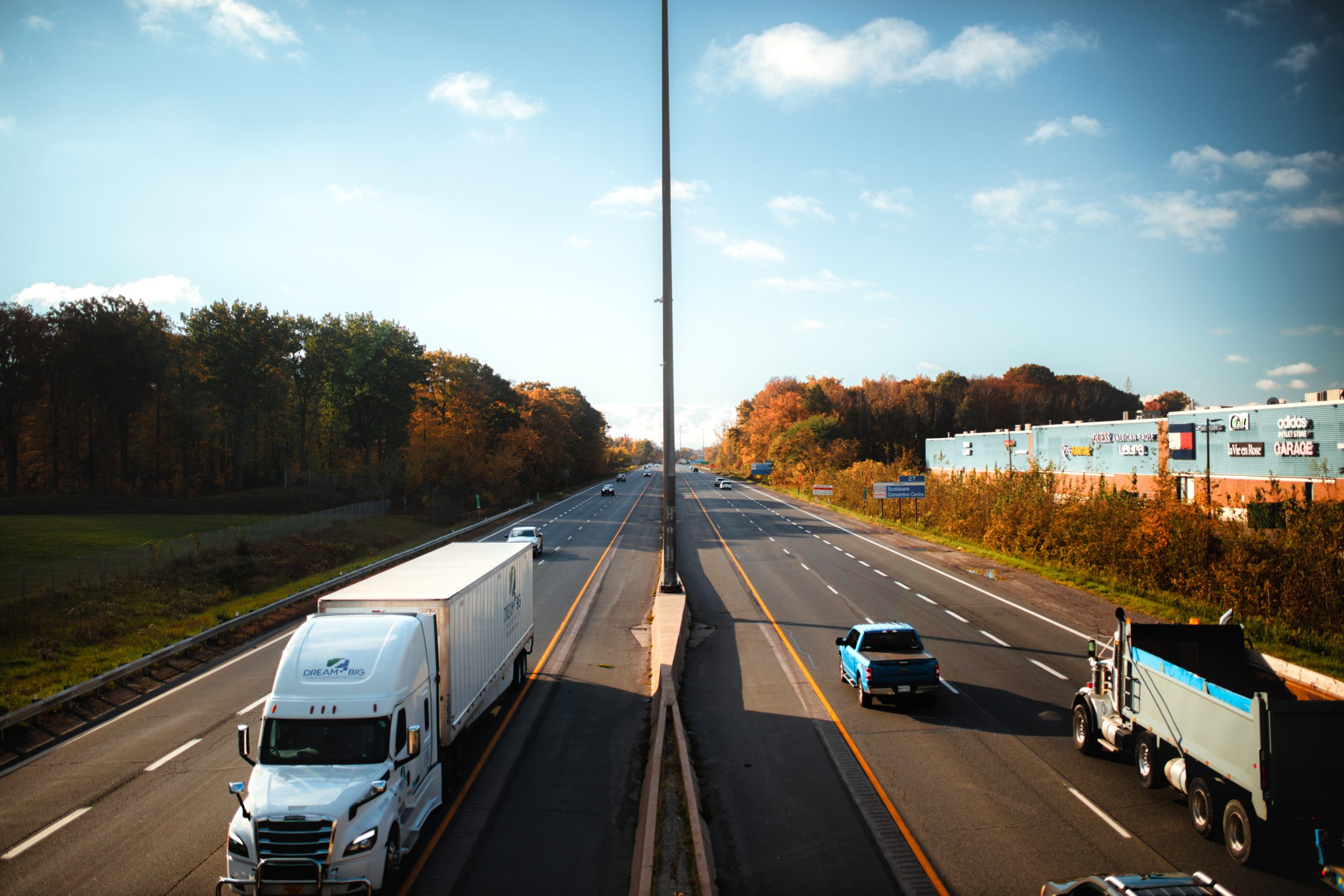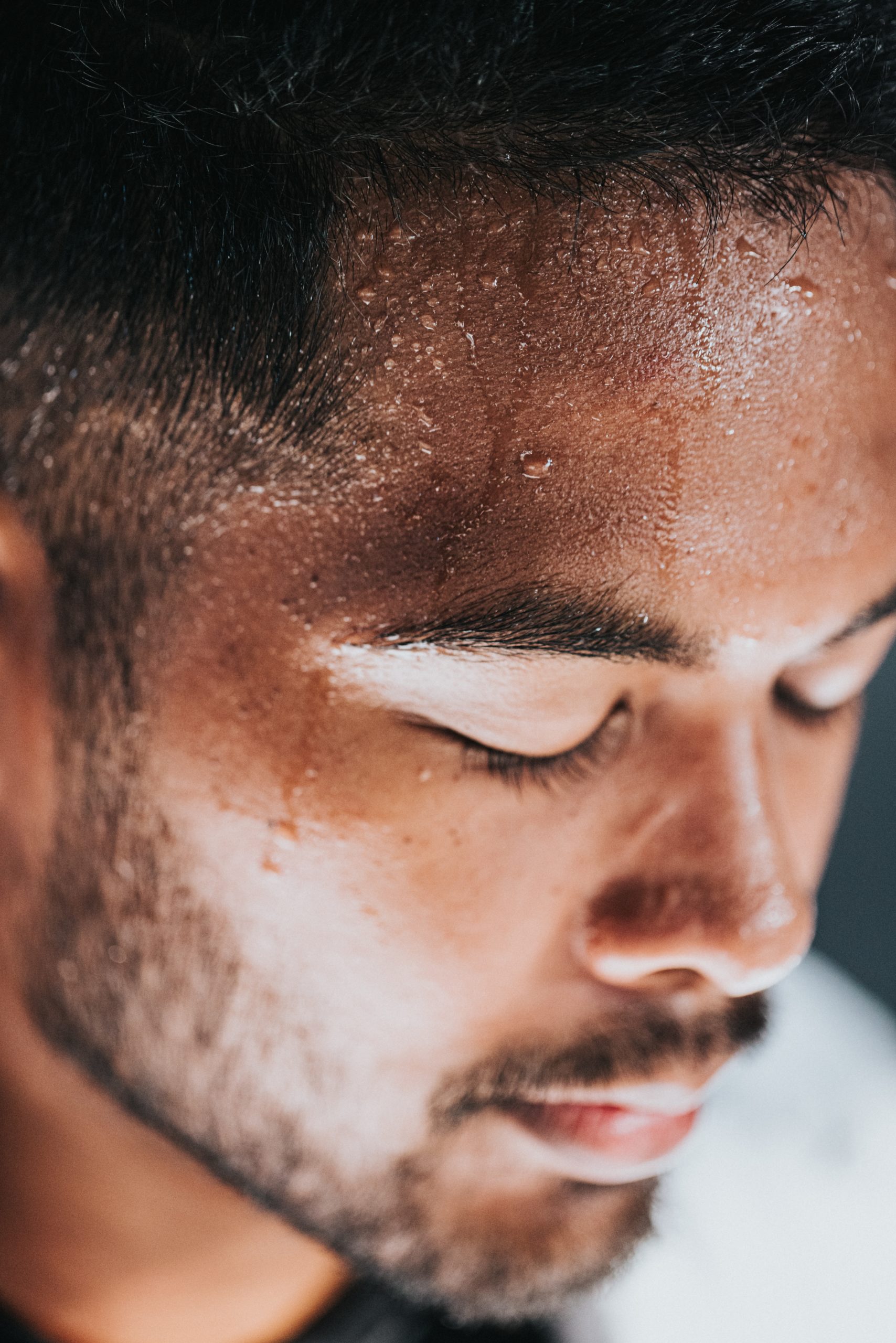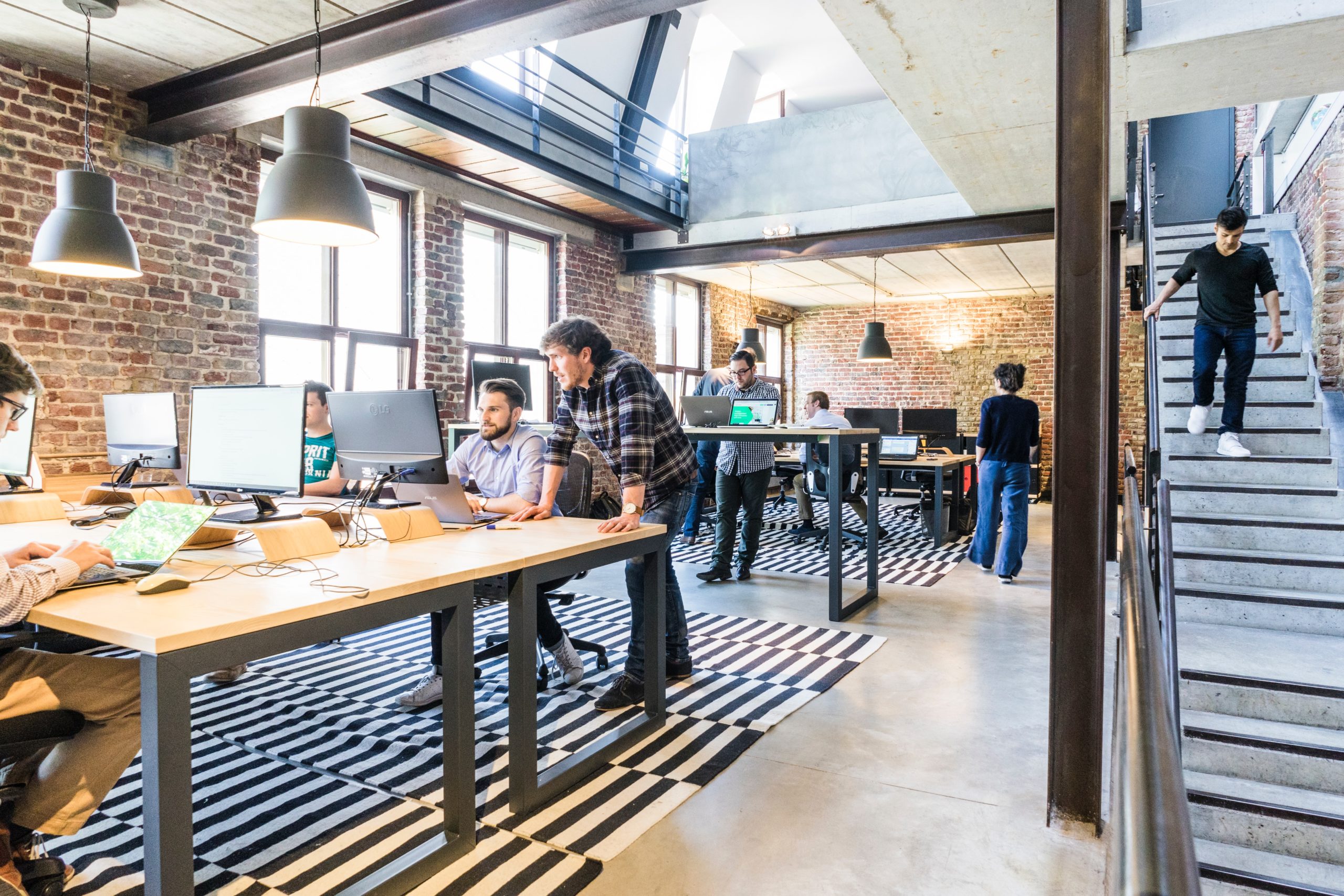Personal injury is a devastating experience for anyone to endure, but for marginalized communities, the impact can be even more severe. People of color, low-income individuals, and LGBTQ+ individuals often face unique challenges when dealing with personal injury, from inadequate access to healthcare to discriminatory legal practices.
One of the main challenges faced by marginalized communities is access to healthcare. Many individuals from these communities may lack adequate health insurance or may face barriers when trying to access medical care. This can make it difficult to receive proper treatment for their injuries and can even result in long-term health complications.
Another challenge is the financial burden of personal injury. Many marginalized individuals may already be struggling financially, and the additional costs associated with a personal injury can be overwhelming. Lost wages, medical bills, and legal fees can quickly add up, making it difficult to make ends meet.
Moreover, marginalized communities may face discrimination and bias when seeking medical treatment or legal recourse. This can include biased treatment from healthcare providers or judges, or systemic barriers within the legal system that make it more difficult for these individuals to receive fair compensation for their injuries.
To overcome these challenges, it’s important for individuals from marginalized communities to understand their legal rights and to seek out resources and support networks that can help them navigate the complex landscape of personal injury. This blog post will explore the unique struggles faced by marginalized communities in the wake of personal injury and provide guidance on how to overcome these obstacles.
By shining a light on these issues, we can work towards a more equitable system that supports all individuals, regardless of their background or identity. Personal injury should not be an additional burden that marginalized communities must bear, and it’s time to take action to ensure that everyone has access to the care and resources they need to recover from their injuries.
Consult with Darfoor Law Firm
An experienced lawyer provides you with the opportunity to discuss your situation and gain clarity on your potential avenues for seeking compensation. It’s your opportunity to ask questions, assess the strength of your case, and decide if legal representation is beneficial for you.
If you or a loved one has been injured in an accident due to someone else’s carelessness or fault, Darfoor Law Firm is here to provide support and suggest the best course of action.
Accidents can be difficult to deal with; that is why having someone who understands and empathizes is so important.
Call us at +1-833-DARFOOR for a complimentary consultation and case evaluation.











